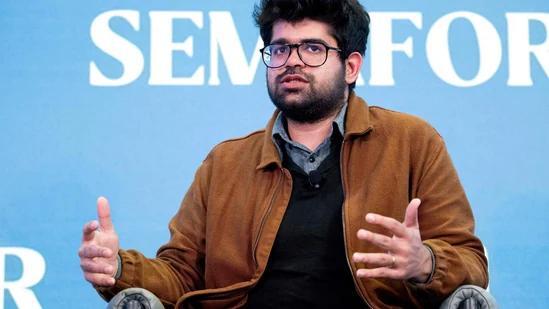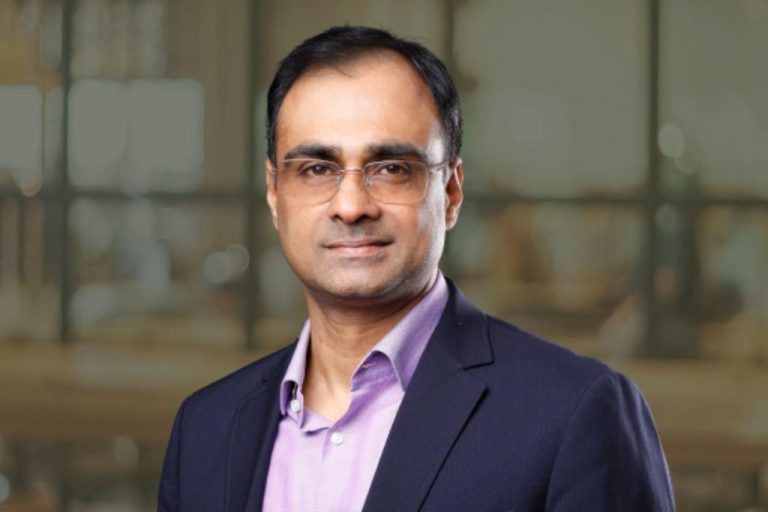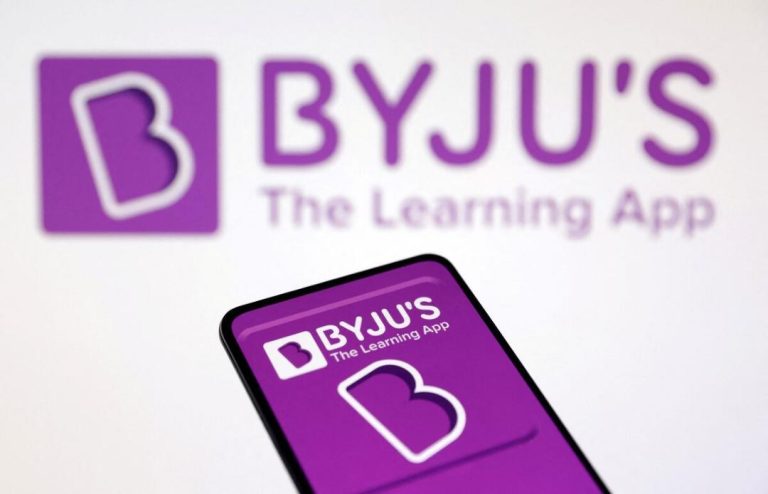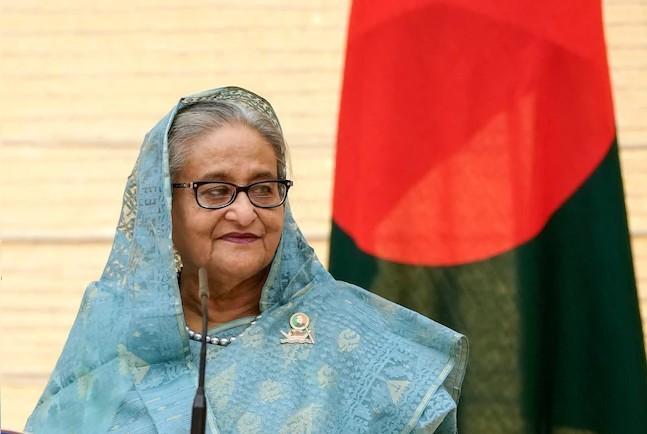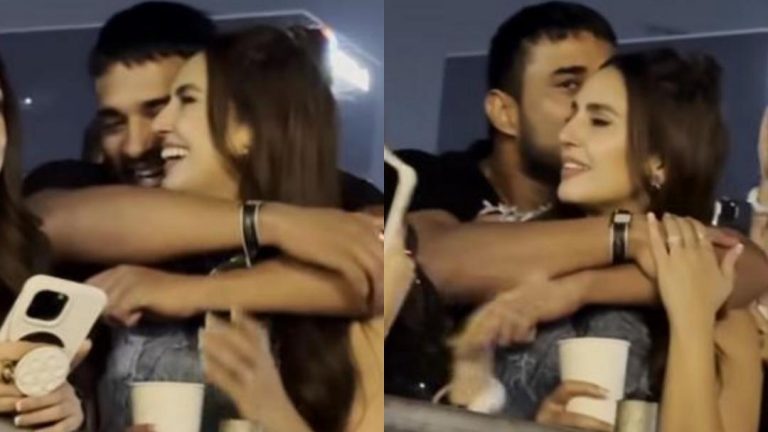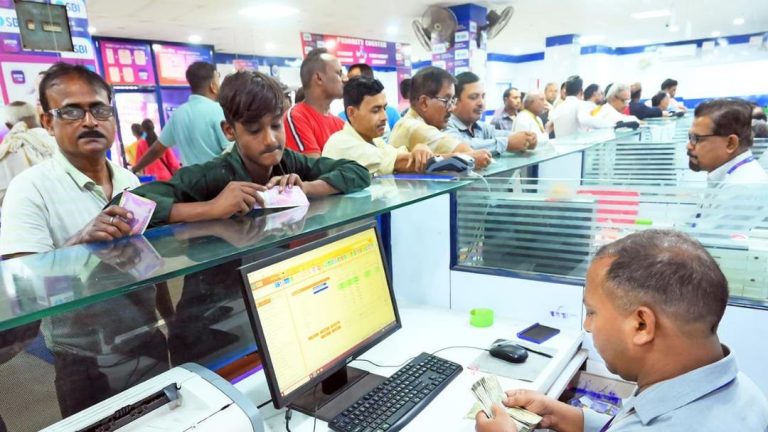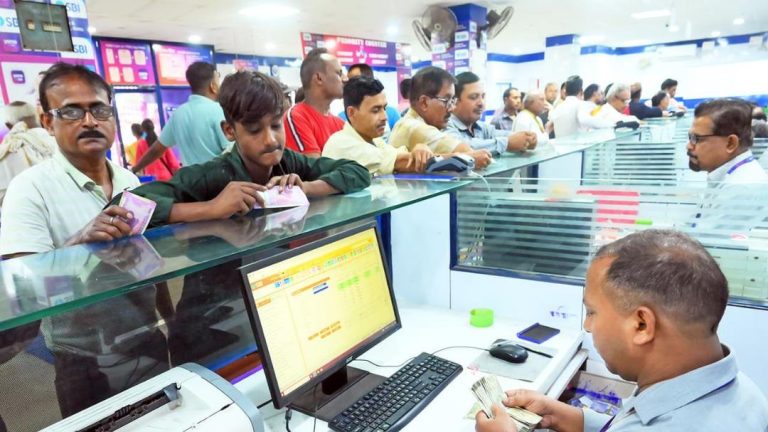
5X ROI with Real-Time Creative Optimisation
In today’s competitive digital landscape, marketers are constantly seeking innovative ways to increase the effectiveness of their campaigns and drive better returns on investment. One area that has seen significant advancements is real-time creative optimisation, powered by artificial intelligence (AI). By leveraging this technology, brands are now able to swap underperforming visuals and formats mid-campaign, ensuring that messaging stays consistently fresh, highly relevant, and dynamically tailored to evolving audience engagement patterns.
The results are staggering. Brands that have adopted real-time creative optimisation have reported a return on investment (ROI) of up to 5X, making it an essential tool for any forward-thinking marketer. But what exactly is real-time creative optimisation, and how can it benefit your marketing strategy?
The Problem with Traditional Creative Optimisation
For years, marketers have relied on traditional creative optimisation methods, such as A/B testing and manual tweaks, to improve the performance of their campaigns. While these methods have their advantages, they also have significant limitations. For instance, A/B testing can be time-consuming and resource-intensive, while manual tweaks may not be effective in responding to rapid changes in audience engagement patterns.
Moreover, traditional creative optimisation methods often focus on individual elements, such as image or headline, rather than taking a holistic approach to creative development. This can lead to a fragmented and disjointed creative strategy, which can negatively impact campaign performance.
The Power of Real-Time Creative Optimisation
Real-time creative optimisation, powered by AI, offers a more effective and efficient approach to creative development. By leveraging machine learning algorithms and large datasets, AI can quickly identify patterns and trends in audience engagement, and use this information to dynamically adjust creative elements in real-time.
With real-time creative optimisation, brands can:
- Swap underperforming visuals and formats mid-campaign, ensuring that messaging stays fresh and relevant
- Dynamically tailor creative elements to evolving audience engagement patterns, improving relevance and resonance
- Optimize for multiple formats and channels, ensuring a unified and consistent brand message
- Automate the creative development process, freeing up resources for more strategic and creative work
Real-Time Creative Optimisation in Action
To illustrate the power of real-time creative optimisation, let’s consider an example. Imagine a fashion brand launching a new campaign to promote their latest collection. The brand wants to create a buzz around the campaign, but they also want to ensure that their messaging resonates with their target audience.
Traditionally, the brand might create multiple creative assets, such as images and videos, and then test them against each other to see which performs best. However, with real-time creative optimisation, the brand can use AI to dynamically adjust creative elements in real-time, based on audience engagement patterns.
For instance, if the brand finds that a particular image is performing poorly, the AI-powered system can automatically swap it out for a new image that is more likely to resonate with the target audience. This ensures that the messaging stays fresh and relevant, and that the brand is able to adapt quickly to changing audience engagement patterns.
The Benefits of Real-Time Creative Optimisation
The benefits of real-time creative optimisation are numerous. By leveraging AI to dynamically adjust creative elements in real-time, brands can:
- Improve campaign performance by up to 5X
- Increase relevance and resonance with their target audience
- Enhance brand consistency and unity across multiple formats and channels
- Automate the creative development process, freeing up resources for more strategic and creative work
- Reduce the risk of campaign failure by quickly identifying and addressing underperforming elements
Conclusion
Real-time creative optimisation, powered by AI, is a game-changer for marketers. By dynamically adjusting creative elements in real-time, brands can ensure that their messaging stays fresh, relevant, and highly effective. With the ability to improve campaign performance by up to 5X, real-time creative optimisation is an essential tool for any forward-thinking marketer.
In conclusion, real-time creative optimisation is not just a nice-to-have, but a must-have for any brand looking to stay ahead of the competition and drive better returns on investment. By leveraging this technology, brands can unlock new levels of campaign efficiency, creativity, and effectiveness, and take their marketing strategy to the next level.
Source:
https://www.growthjockey.com/blogs/ai-marketing-for-campaign-efficiency
